|
Listen to this post
|
Many readers of this weblog probably know that one of my many passions is entomology. In fact, I hold multiple degrees in the field (and have taught a number of classes over the years as well). I always hoped to be able to show some photographs of insects. However, there is a fundamental problem with photographs of very small animals – depth of field. No matter how you adjust the aperture (F-stop) on your camera, you are limited by this issue. Let’s look at a specific example. In the image below, you see the legs and antenna are almost crystal clear. However, the rest of the beetle is out of focus. Of course, you could move the specimen (or camera) then take another photo, but it is hard to make small adjustments manually.
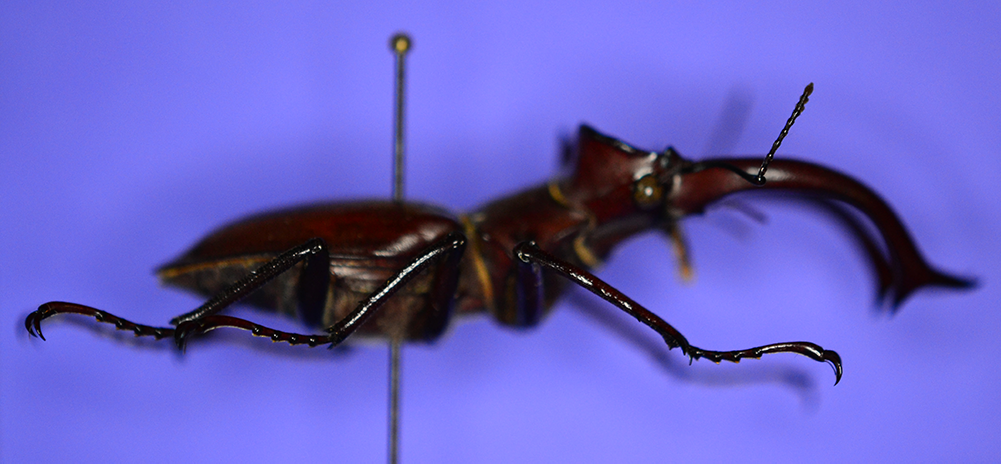
Many years ago (actually early 1990s) I investigated a system to correct this problem by applying a little technology. I tracked down the company (back then, there was no WWW to speak of) and called their sales representative. I quickly learned that the “bare bones” system was over $40,000 (and back then, that was real money). Ok, no sale, but I also know that technology advances over time. I waited… patiently…
StackShot to the rescue
Fast forward to today. Using my simple 85 mm macro lens with a technology called StackShot, I am able to take multiple photos of a specimen (each has only a part of the image in focus). If you have been paying attention and followed the above link, you have also learned that this technology costs significantly less than $1,000.
I can now mostly automate this process. For example, the above image is one of 86 separate images taken of this specimen (moving the camera 0.5 mm each step). Yes, that is 500 microns. I can actually go down to 2 microns between steps if desired. Great – I now have 86 images (and all are out of focus in one aspect or another). What to do with these images? If only there was some technological solution (perhaps involving software). Well, you can stack these images in Photoshop as a first step, but there also exists stacking software with many more advanced features.
Zerene Stacker for the win
Yes, there are alternatives (such as Photoshop). However, after investigating these, I decided on Zerene Stacker. It provides multiple methods of stacking and aligning the images. Obviously, I am just getting started with these new tools. I have included a screen capture below showing the process (and you can automate this as well).

Effort involved
Although I am just getting started with these tools, I find that it takes a minimum of 15 – 20 minutes per specimen. This involves first setting up the shot (aligning the specimen properly so the necessary parts are visible in the macro lens), setting up the beginning and ending shot with StackShot, generating the images, and then stacking the images in Zerene Stacker. Once that process completes, I then crop the image and can make further modifications using Photoshop. Yes, Zerene Stacker has retouching capabilities as well, but for retouching, I prefer Photoshop.
Results
Here are a few images I created recently. Obviously, I am just getting started. I have not yet done necessary color corrections, removal of shadows and similar enhancements. Of course, anyone reading this is welcome to comment and offer suggestions for improvement. If you click on these images, you will see a larger version of each. Please note that these images are copyrighted. I appreciate you respecting my copyrights on them. Contact me via the comments or my contact form if you would like to use them for any purposes.
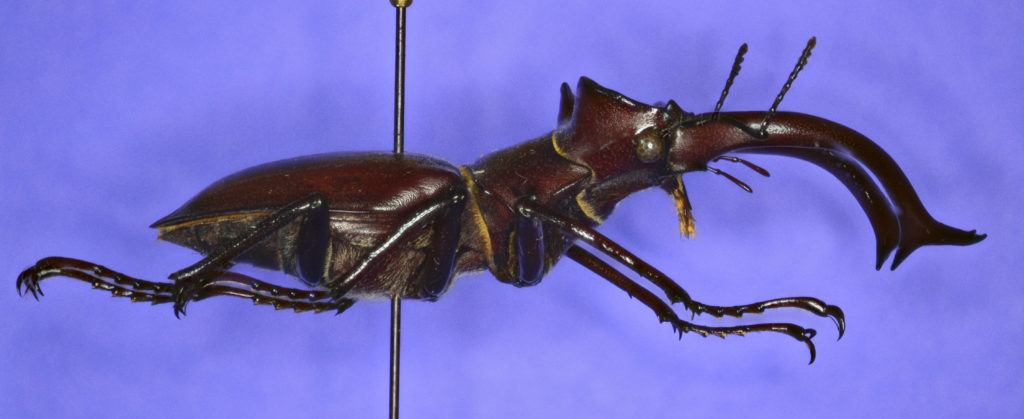
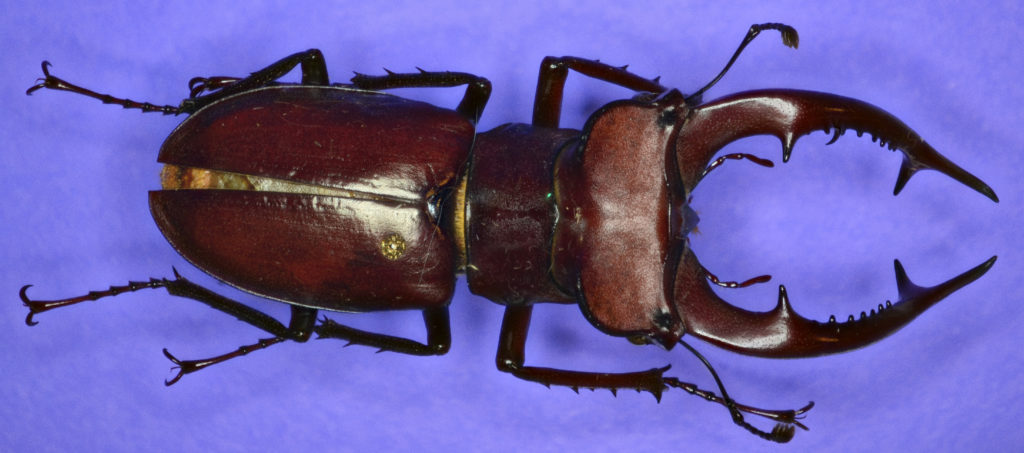
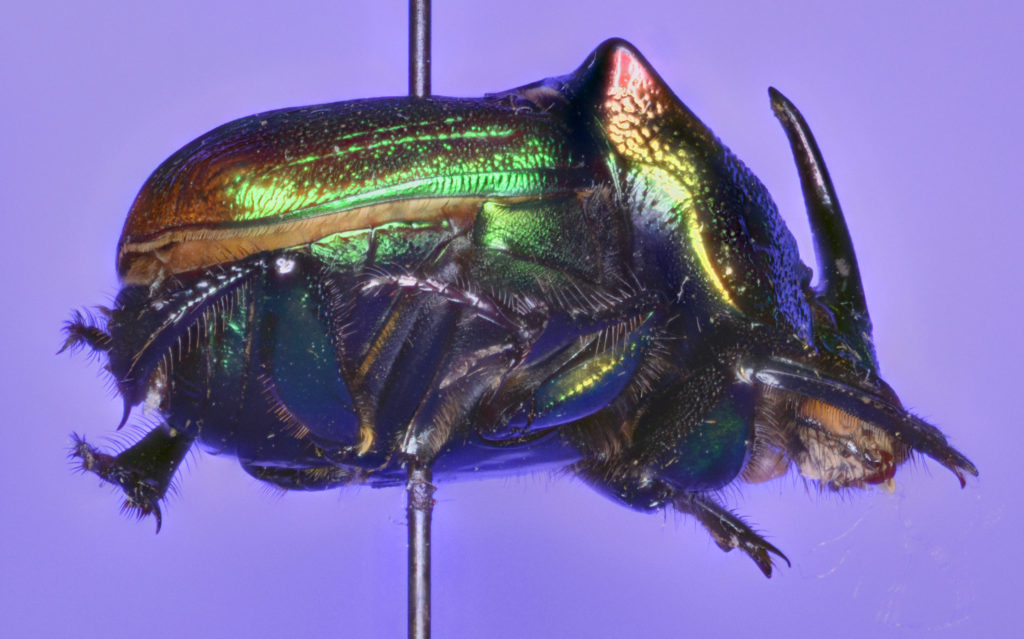
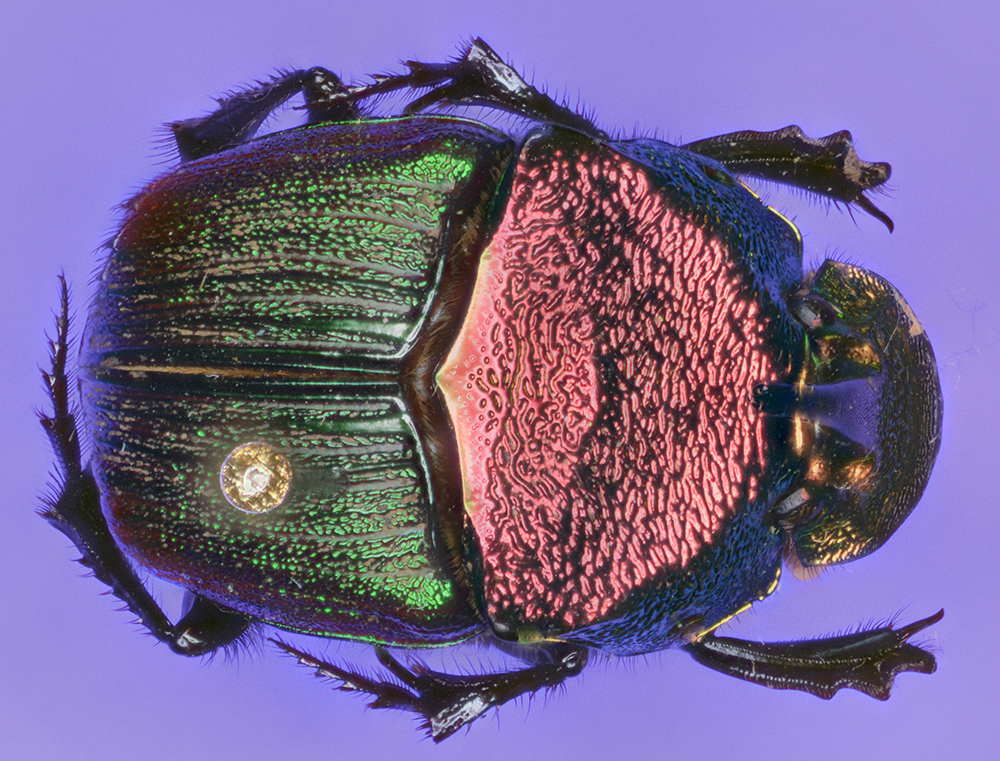
Conclusions
Obviously, I am just getting started (and still learning all the capabilities of the hardware and software). Assuming this is successful, I do plan to purchase a better macro lens for my camera. I just wanted to show you some of my preliminary efforts.
We live on a wondrous planet. Even in central Illinois, there are marvels at our feet. Yes, both of these insects were collected in central Illinois. Lucanus elephus is also known as the elephant stag beetle. Phanaeus vindex is also know as the rainbow scarab.
As always, I look forward to your comments.



Interesting.